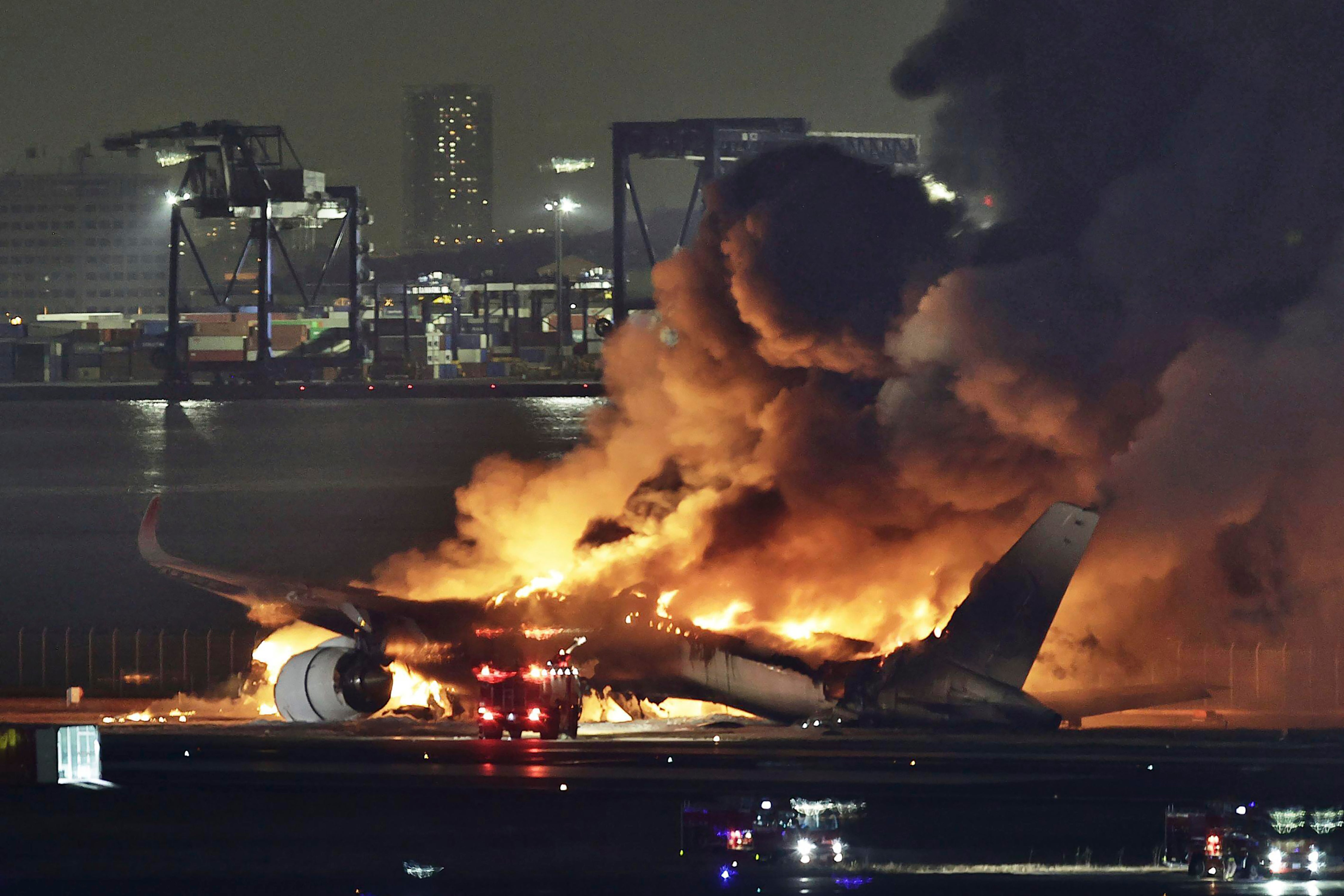Japan Airlines names its first woman president – former cabin attendant who rose through ranks
Mitsuko Tottori vows to priortise aviation safety
Your support helps us to tell the story
From reproductive rights to climate change to Big Tech, The Independent is on the ground when the story is developing. Whether it's investigating the financials of Elon Musk's pro-Trump PAC or producing our latest documentary, 'The A Word', which shines a light on the American women fighting for reproductive rights, we know how important it is to parse out the facts from the messaging.
At such a critical moment in US history, we need reporters on the ground. Your donation allows us to keep sending journalists to speak to both sides of the story.
The Independent is trusted by Americans across the entire political spectrum. And unlike many other quality news outlets, we choose not to lock Americans out of our reporting and analysis with paywalls. We believe quality journalism should be available to everyone, paid for by those who can afford it.
Your support makes all the difference.Japan Airlines (JAL) has named a former cabin attendant as its first woman president – an important step in a country struggling to close the gender gap in the workplace.
Mitsuko Tottori, a senior managing executive, is the first woman in the company to climb the ranks from being cabin attendant to president. She joined JAL in 1985, the year it suffered one of the worst crashes in airline history, and will take charge as president from 1 April.
Ms Tottori on Wednesday said she would stick to her commitment of prioritising aviation safety. “There are female employees out there who are struggling with their career steps or going through big life events,” she told a news conference.
“I hope my appointment as a president can encourage them, or give them the courage to take the next step," she added.
The announcement comes two weeks after a collision between one of its flights and a coast guard aircraft on the runway during the Japanese New Year holidays that left five people dead in Tokyo.
On 2 January, an Airbus A350-900 carrying 379 passengers and crew landed right behind the coast guard's much smaller Bombardier Dash-8 preparing to take off on the same seaside runway. The crash engulfed both aircraft in flames.
All passengers of the JAL airliner were safely evacuated in 18 minutes, but five of six coast guard flight crew died.
Ms Tottori praised the aircraft's cabin attendants' commitment to safety, evacuating everyone on board, and thanked the passengers for their cooperation. "But there was an accident and that means there are things we still need to improve," she said.
An ongoing probe into the collision has focused on whether the coast guard aircraft was given the green light for takeoff. A partial release of the air traffic control transcript showed no clear takeoff approval was given to the Bombardier, which was on a mission to deliver relief supplies to the residents in Japan's north-central region hit by a magnitude 7.6 quake on New Year's Day and hundreds of aftershocks.

JAl's current president, Yuji Akasaka, will become chair while continuing to hold a representative director title. Yoshiharu Ueki, the current chair, will retire from his post in April and leave the director position upon shareholder approval in June.
Mr Akasaka, said that he hoped the investigation into the runway incident would provide "lessons to be learned". He also pointed out that an analog element of relying on voice communication between pilots and traffic control has been an industry-wide safety risk internationally.
"I believe the analog voice communication is definitely one of the major risks," said Mr Akasaka on Wednesday, in his first news conference since the collision.
Ms Tottori said the shock from the 1985 JAL Flight123 crash, which killed 520 people in the north of Tokyo, was still "deeply carved in my heart".
"And I have maintained a strong sense of responsibility to hand down the importance of aviation safety to younger generations," she said.
JAL has set itself a target for women to make up 30 per cent of managers across the group by the end of the fiscal year to March 2026. By the end of March 2023, the corresponding figure was 22.8 per cent.
Additional reporting by agencies
Join our commenting forum
Join thought-provoking conversations, follow other Independent readers and see their replies
0Comments